Natascha Drabbe: “Our house is purely interior, there is no exterior”
If there is one house that reflects the vision of its designer perfectly, then it is the Van Schijndel House in Utrecht. We are taking you to this house, situated on the Pieterskerkhof, where the architect/product designer and his wife Natascha Drabbe lived upon completion of the construction in 1992. Drabbe, an architectural historian, who has continued to live in the house since her husband's untimely death in 1999, takes us on a tour of her now iconic house.
It soon becomes clear why Van Schijndel was awarded the Rietveld Prize for this house back in 1995 and why it was placed on the City of Utrecht's monuments list in 1999, becoming the youngest building on the list. Prior to our visit, we learned that the architect, who studied at the Gerrit Rietveld Academy in Amsterdam and for many years combined his own architecture practice with a professorship at the Fachhochschule in Düsseldorf, called it ‘a house of light and air’ and how true this is. The light can literally change from one moment to the next.
“Whenever people visit, I love showing them how the light is drawn in through the frosted windows in the central area. When the clouds part and the sun comes out, the light comes in and it is truly the most beautiful moment to share with others. You can see the rays pouring in", says Natascha Drabbe. She regularly gives tours of her own home and also runs the Iconic Houses Network. We will write more about that at the end of this article.
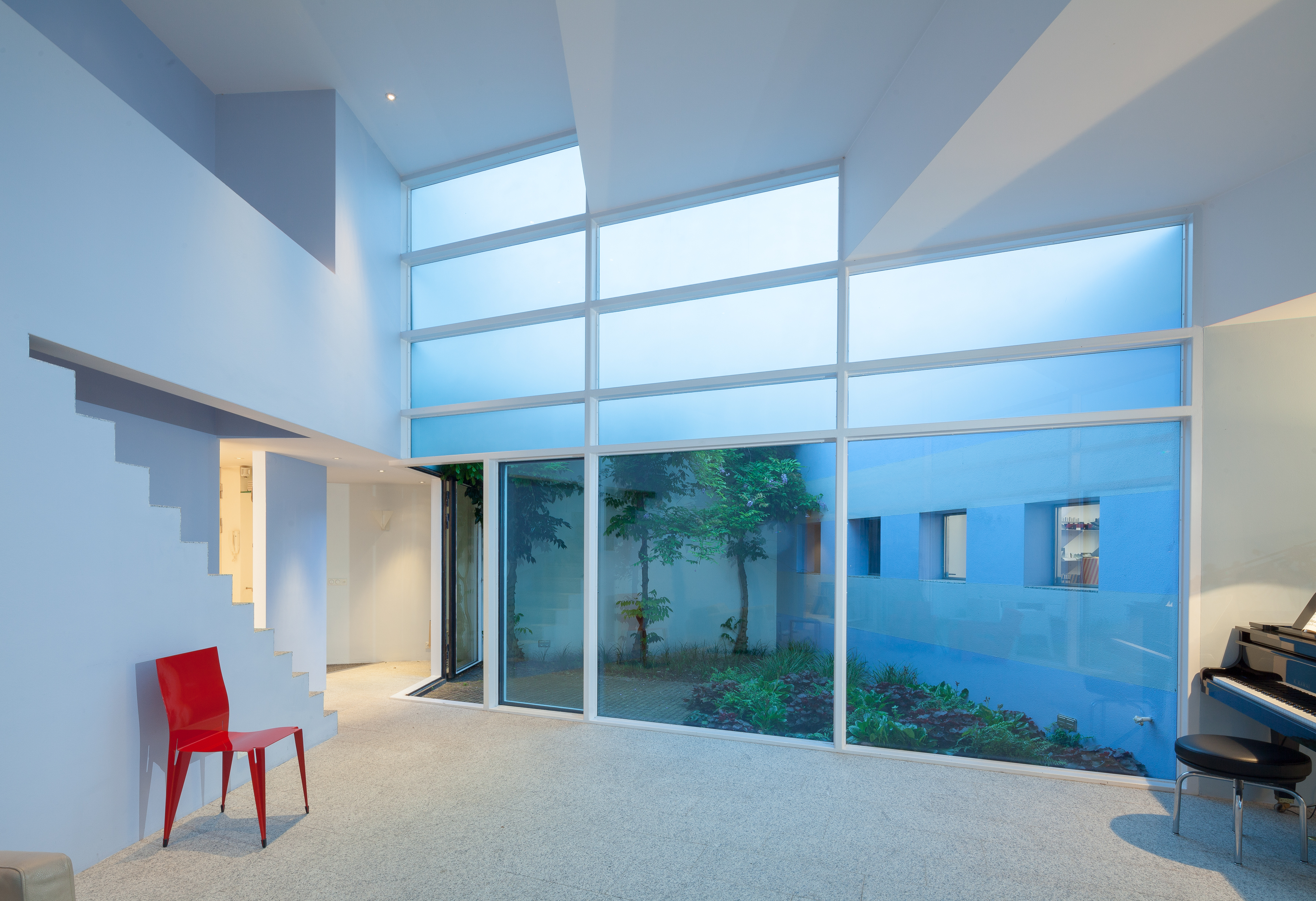
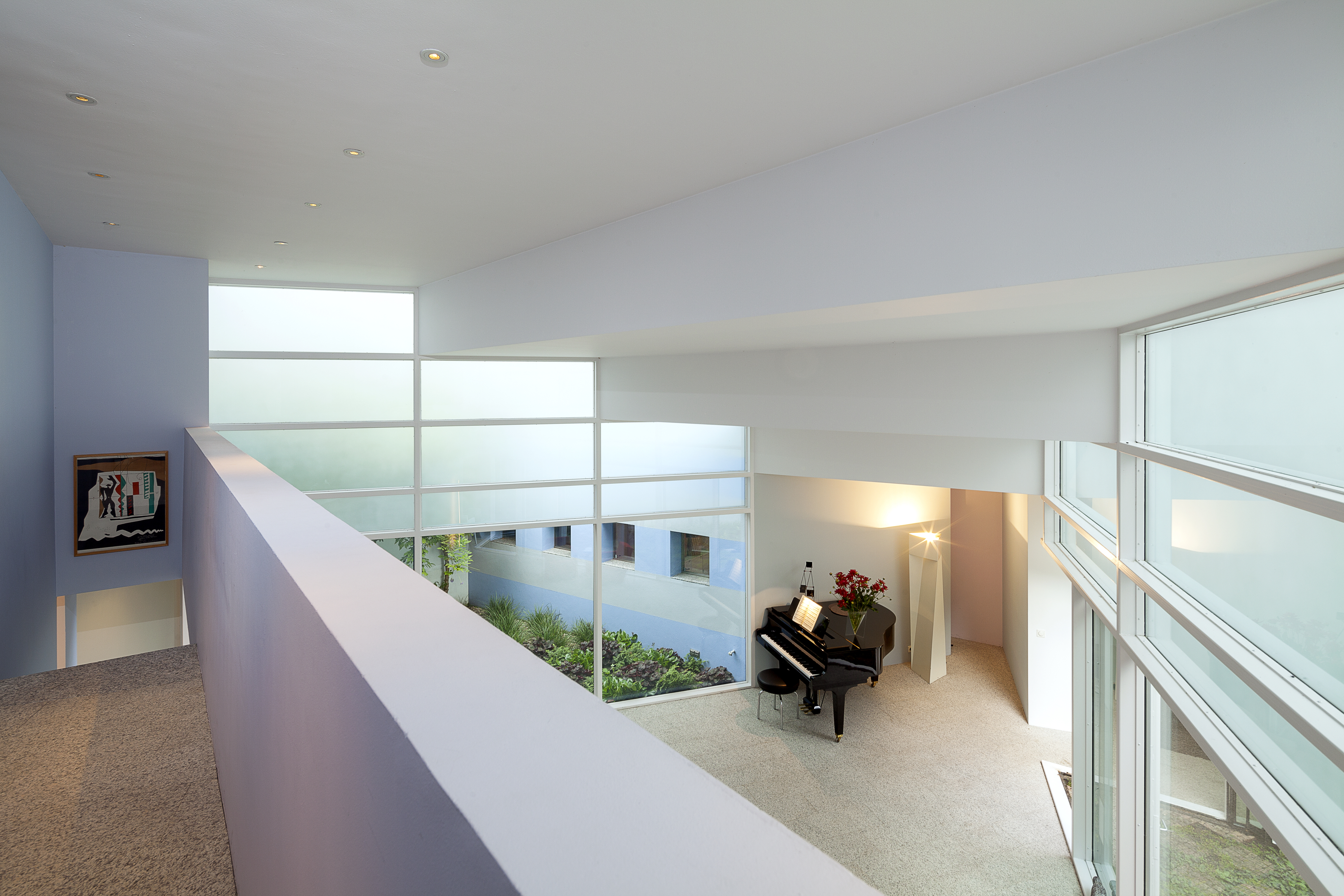
Experimental in every detail
The house was considered highly experimental in its days and has remained so to this day. The house, which is literally enclosed in a courtyard so that all life takes place inside, boasts numerous unique features. One of the most striking features is how the glass doors in the kitchen and bathrooms hinge on a silicon sealant seam. The house is permeated with Van Schijndel's own design, from the entire interior, including the furniture, to the Delta Vase.
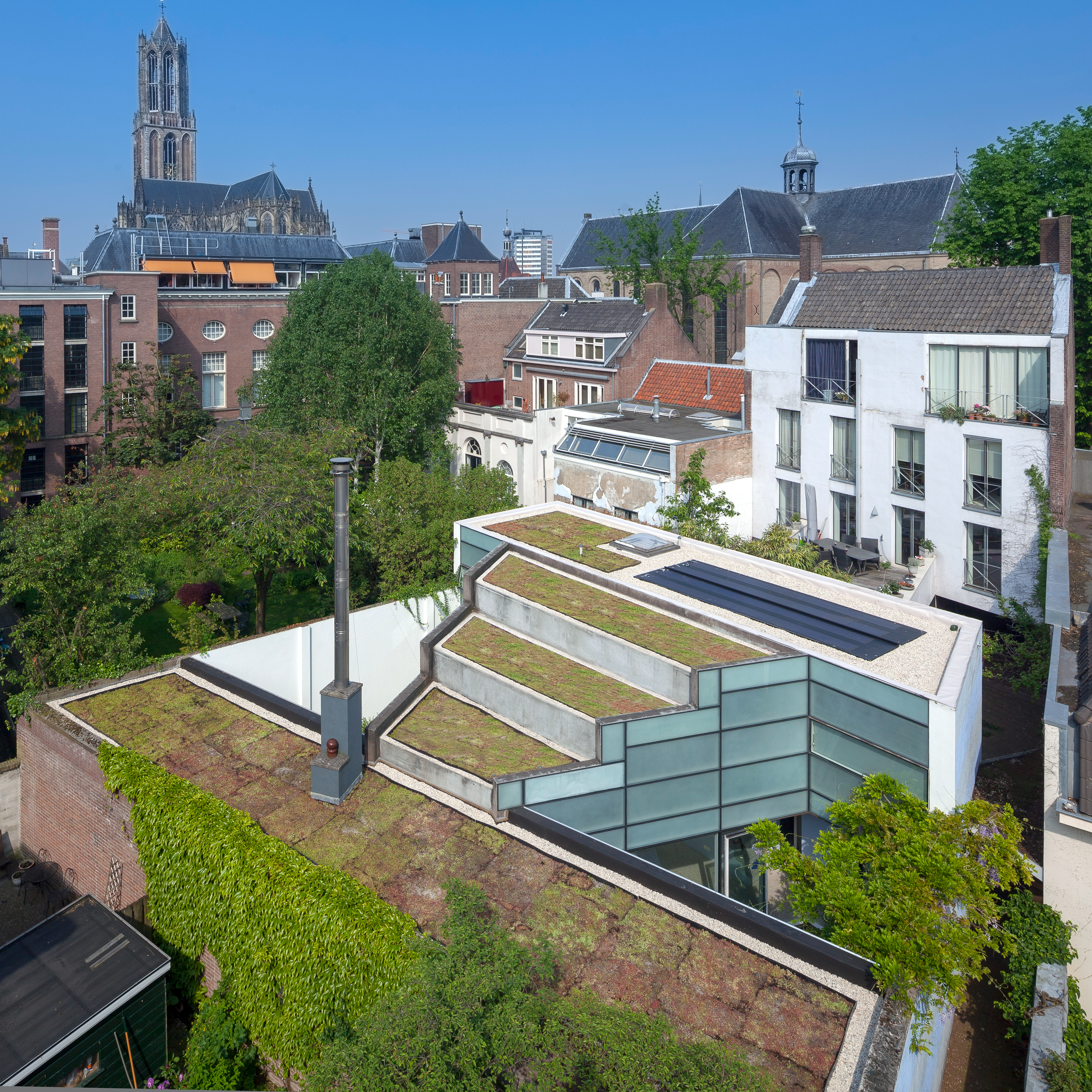
“Besides the house, Mart almost solely designed the patios, the interior and the furniture. Not only that, he also made a lot of things with his own hands. He had his own workshop where he worked on prototypes, using his machines and tools. He put his personal stamp on the house. You could actually call it a ‘Gesamtkunstwerk’.”
“Being built in a courtyard, the house does not have a clear exterior. The lack of views makes it very introverted and focused on itself. As a result you let go of your surroundings and often forget that you live in the middle of the city. Only when you hear the church bells, you remember that you live in the centre of Utrecht."
Windows run on silicone sealant
After 28 years, the glass doors still run on silicone sealant. Inside, nothing has changed at all since it was built, but the odd defects are starting to emerge here and there.
“Opening doors without hinges was unheard of”, laughs Mrs Drabbe. “Silicone was and generally still is seen as something used for gluing car windows or structural glass facades, but not to make things turn. Mart was excited to test this, just like he experimented with all kinds of things. It is a statement of his views; he even found the Dutch word ”ruimte” too restrictive and resorted to English. He spoke about 'room' and 'space', where on the one hand he referred to a closed space and on the other he alluded to a flexible space.”
“It took many years to finish the interior. Mart designed the whole interior after we moved in at the end of 1992. Then, step by step, we added the built-in furniture and a kitchen, we finished the bathroom, etc. He usually finished the work himself. In 1995, he even converted the adjoining gatehouse into four apartments.”
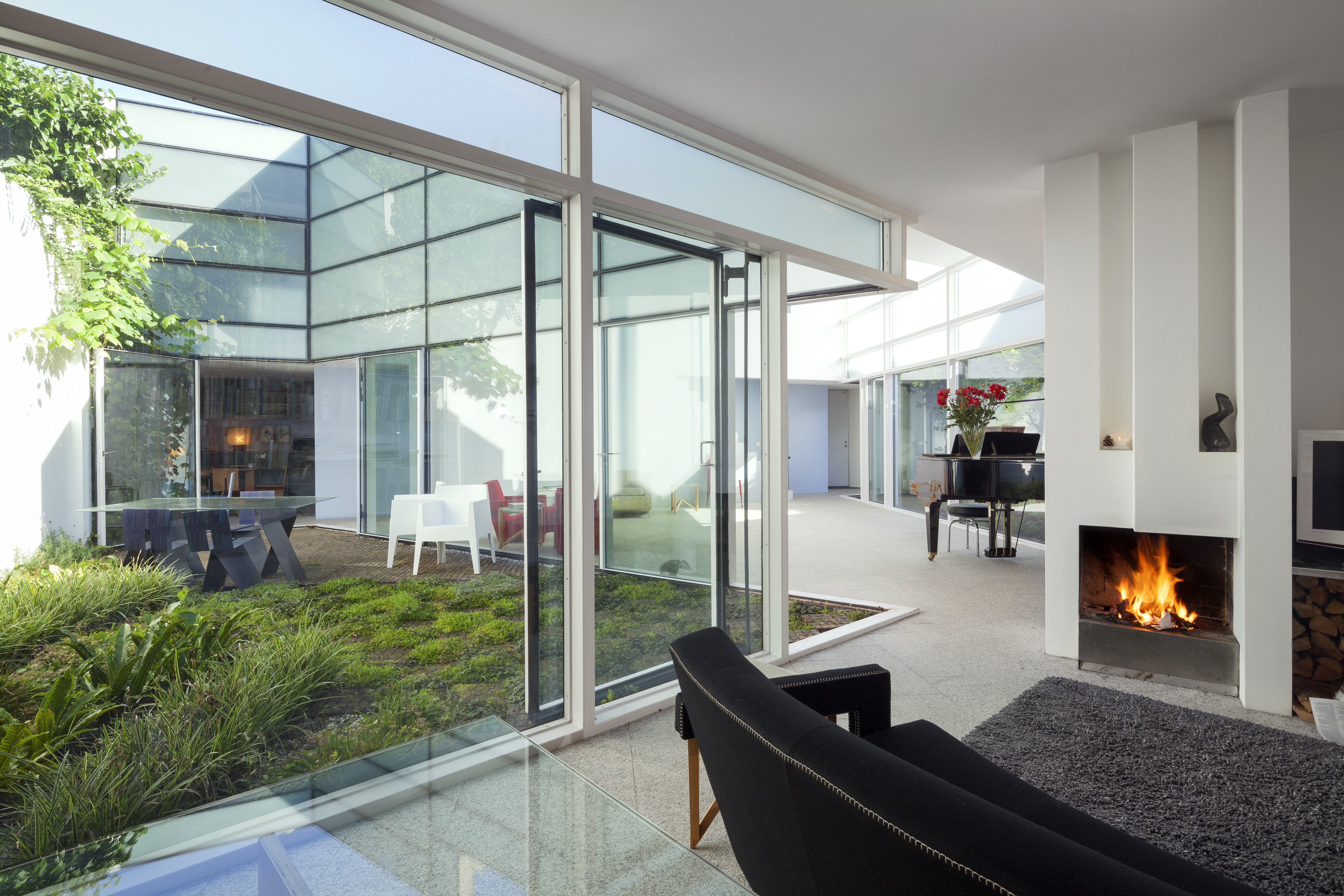
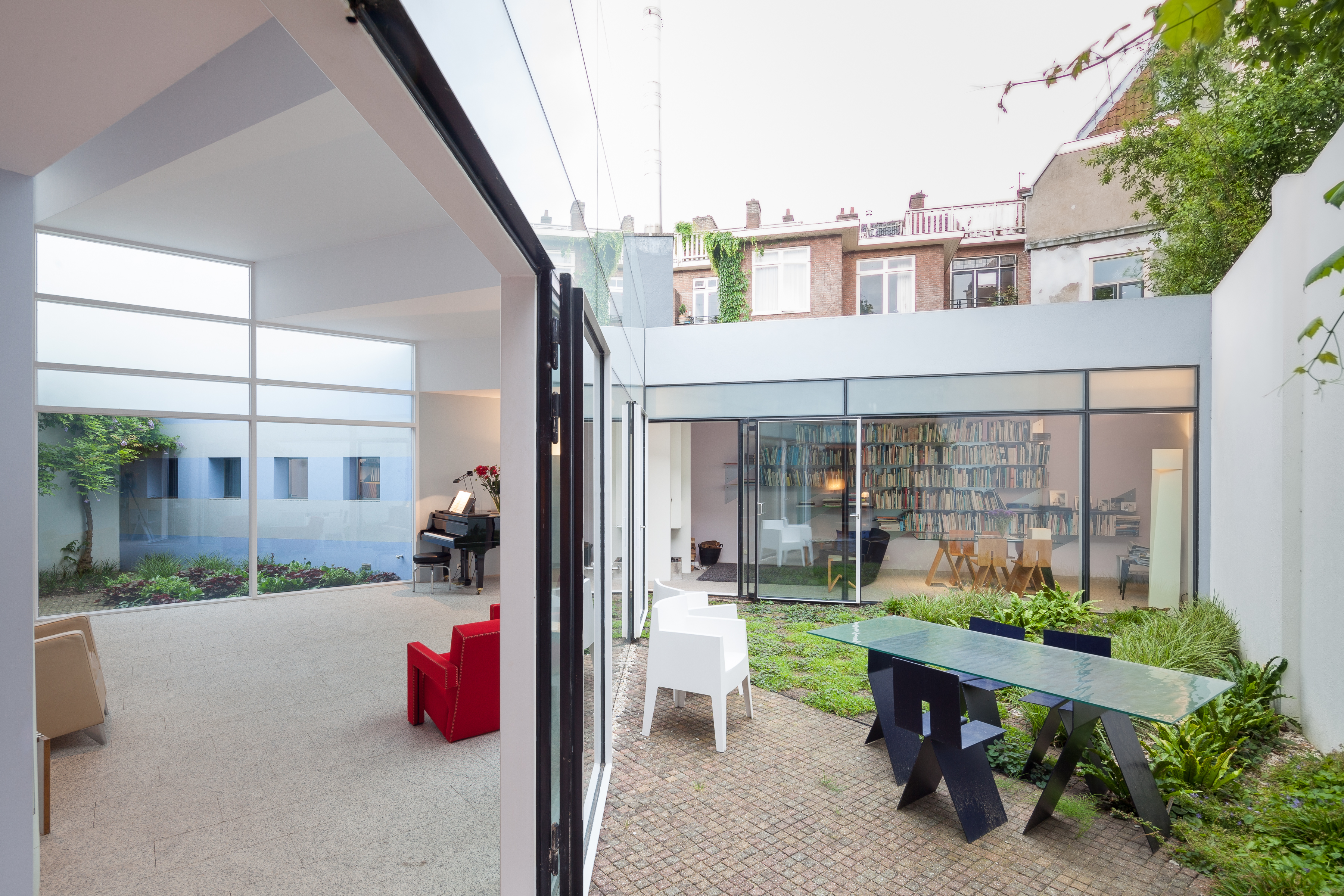
“The house has lost some of its carefree character”
“Unfortunately, I have noticed now, that the house has lost some of its carefree character. Whereas the house used to be here for me, I have recently found that, more and more, I have to be here for the house. It should not come as a surprise that, as the house ages, it needs more maintenance. Last summer, I had to replace all kit seams, the roof needed replacing, new foundation piles were needed, and now we also suspect that there are problems with soil settlement, etc. On top of that, every little thing that goes wrong is atypical. When contractors arrive at my house, I already know what they are going to say: ‘Madam, I have never seen this before’. This means that everything has to be tailor-made, which costs a lot of money and I don't qualify for subsidies. Ah well, I guess that is not surprising if you live in an experimental house.”
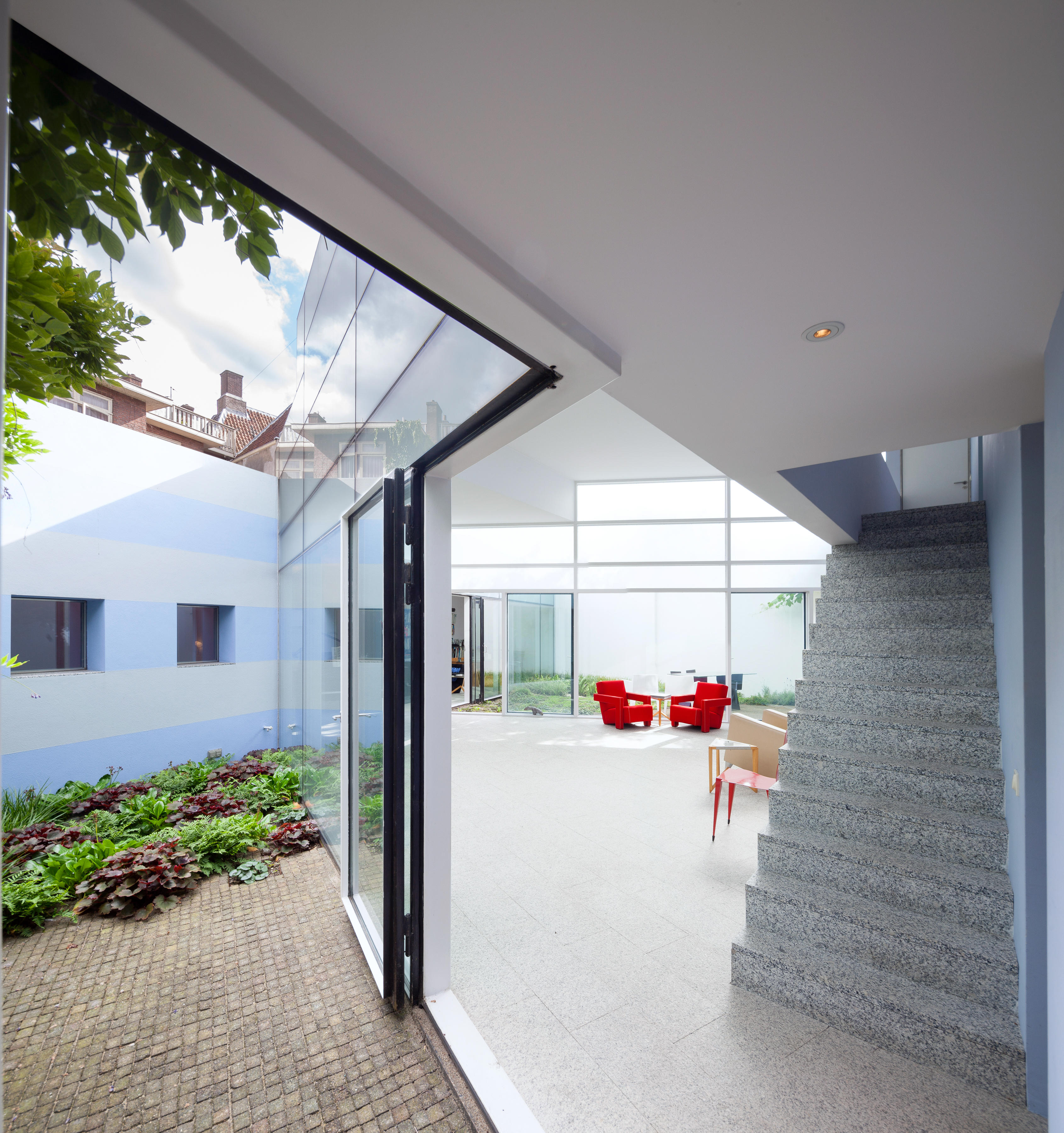
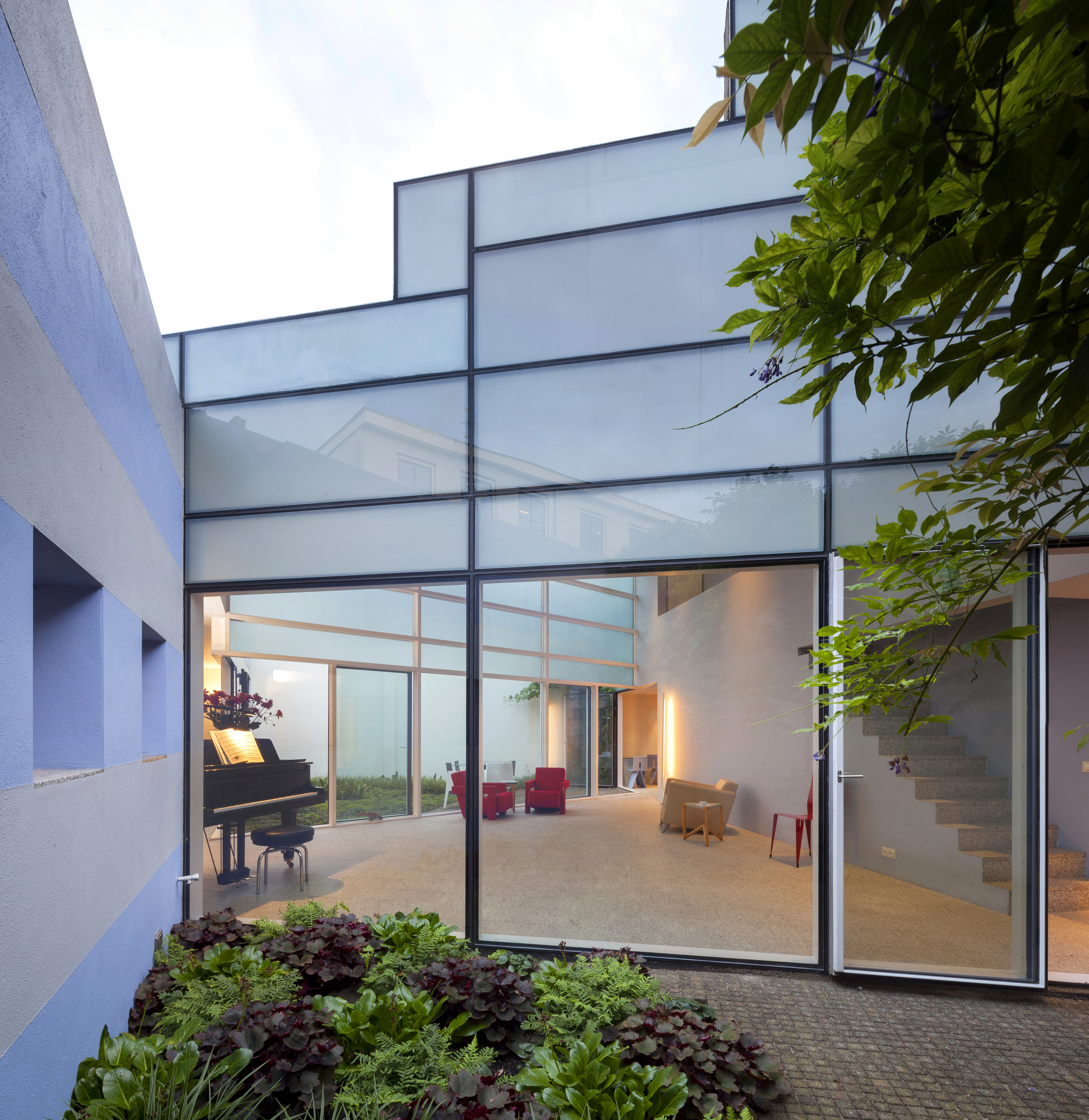
This immediately brings us to another interesting initiative that has been running for many years. The Van Schijndel House is definitely not a museum, but rather a place where people live. However, this does not mean that it cannot be visited. Even more so, we are open to organising various initiatives.
“The house is perfectly suited for a product launch, for example. Architects and interior designers are drawn to such events when they take place in an environment like this. Often people, who don't know each other, gather here, then share their admiration and finally start chatting.... It is incredible how this house brings people together and encourages them to communicate. I open the house for visitors every first Sunday of the month, but people can also make an appointment to visit any other time.”
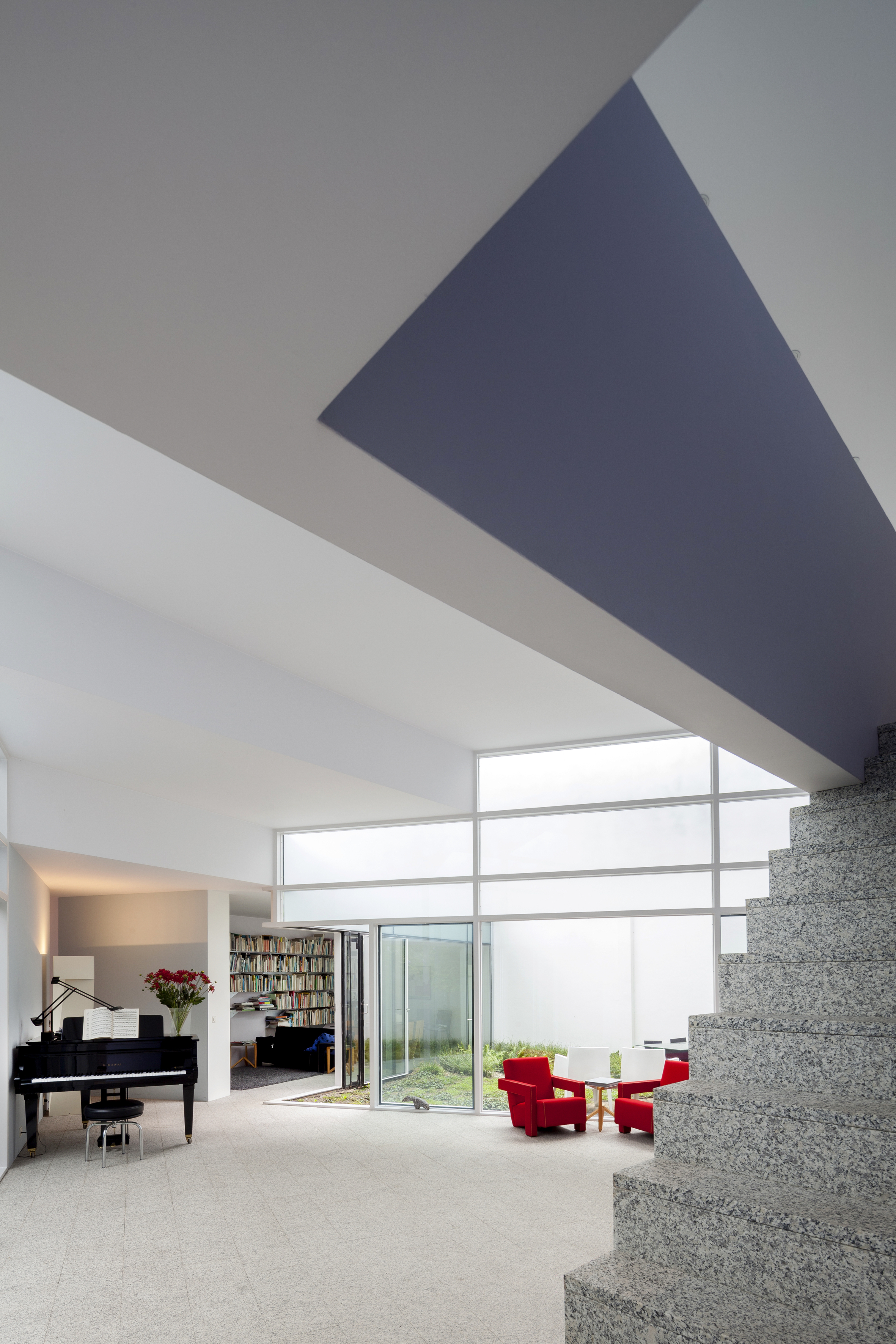
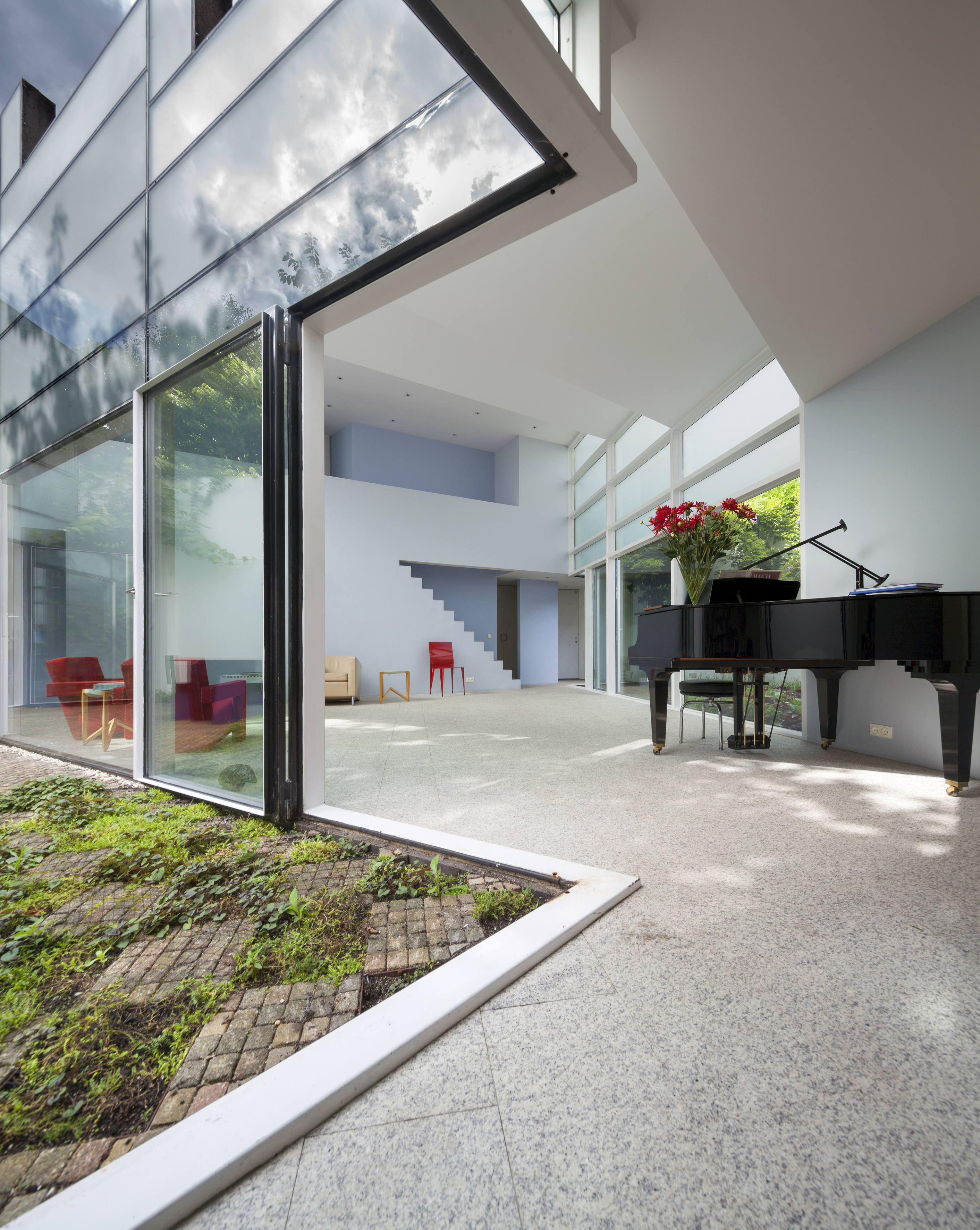
Iconic Houses Network
Natascha Drabbe points out that there is more than just her house. In 2008, she set up a network, the Mart Van Schijndel Foundation, that brings together owners and managers of similar modern architecture houses from all over the world, who open up their houses as a museum. This was followed in 2012 by the Iconic Houses Network.
“The Iconic Houses Network is a source for travellers and lovers of twentieth-century houses. Recently, we have broadened our mission to make people aware of the importance of preserving our young heritage. For this purpose, we developed a tool-kit including various online resources, so people can learn how to restore places like this. We instill in private owners the importance of how best to deal with this young heritage.”
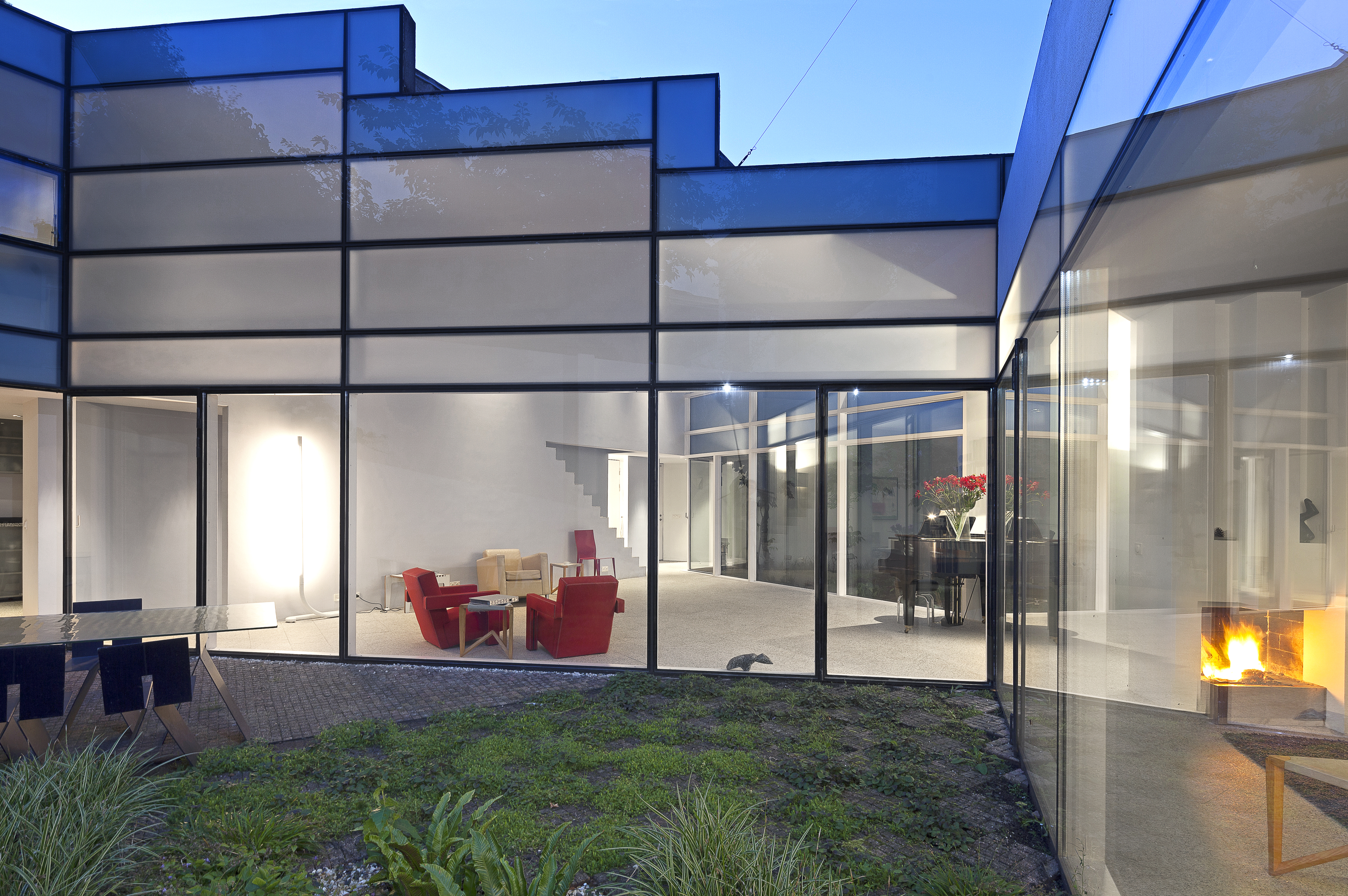
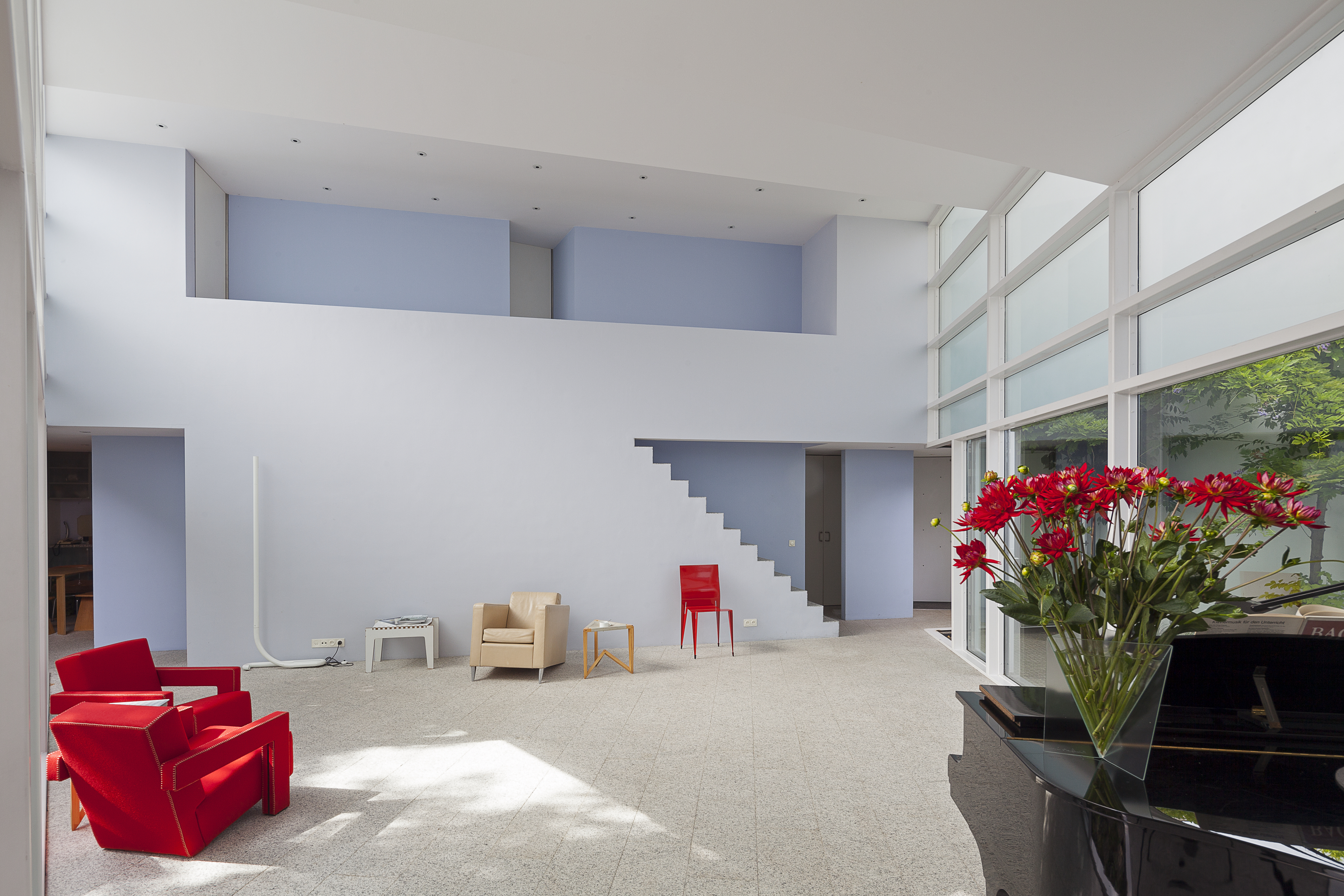
“During the pandemic, we started monthly virtual tours of iconic homes worldwide, where participants could ask questions at the end. We visited Farnsworth House on October 21st. This home was designed and built by Ludwig Mies van der Rohe between 1946 and 1951, for the American doctor Edith Farnsworth. The house was indented to be a weekend and holiday home in Plano, Illinois, in the US. In November, we will pay a virtual visit to Isokon Flats, on Lawn Road in the Belsize Park district of Camden in London.”
“Covid has made us rethink these visits. So now you can see the houses on a live virtual tour and then decide if you want to visit it in person to view it in more detail. By doing your research in advance, you reduce your footprint. Isn't that great in a time where sustainable travel has become one of the top priorities?”
All pictures: © Imre Csany, DAPh
www.iconichouses.org
Originally written by Jan Hoffman